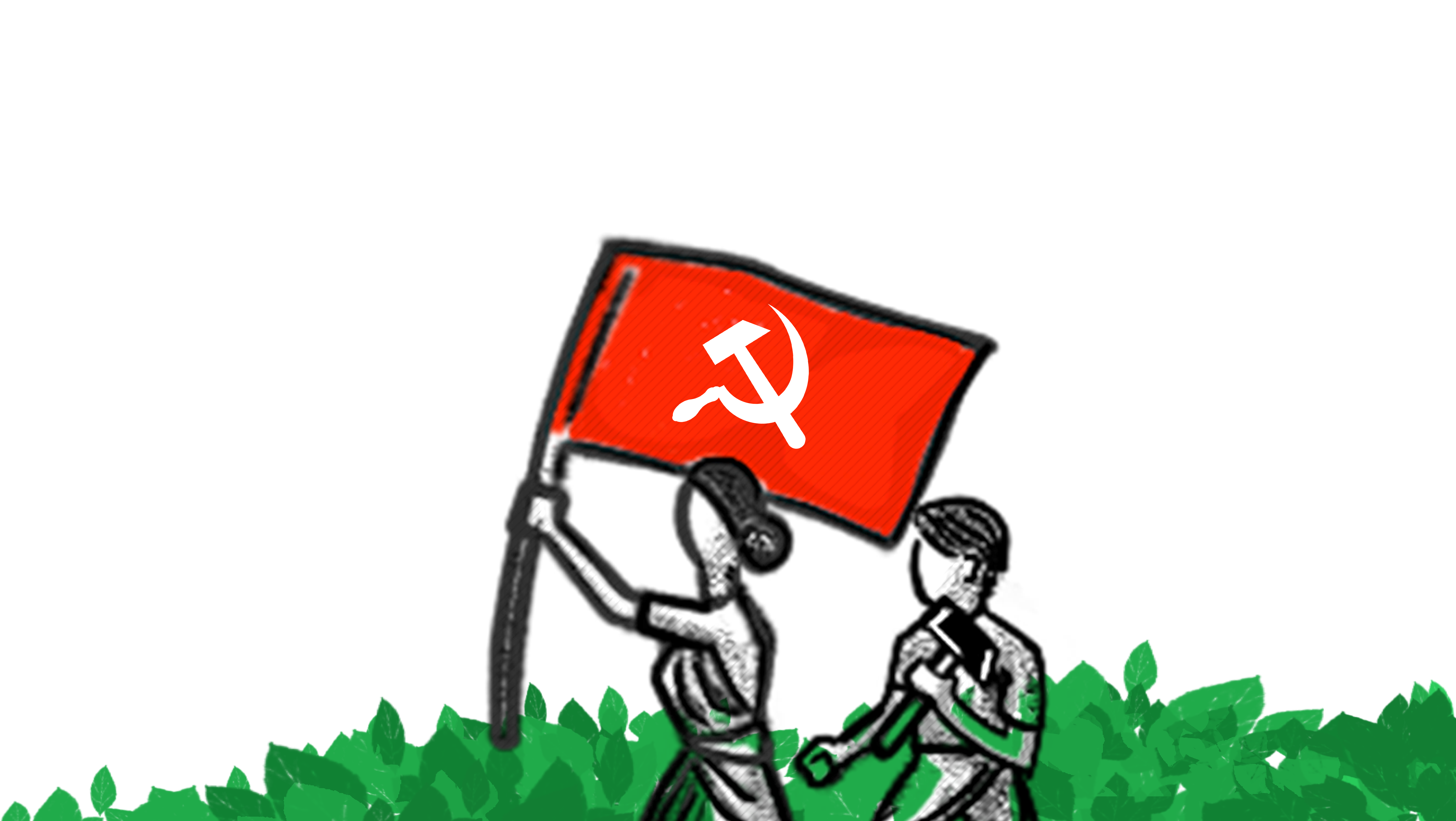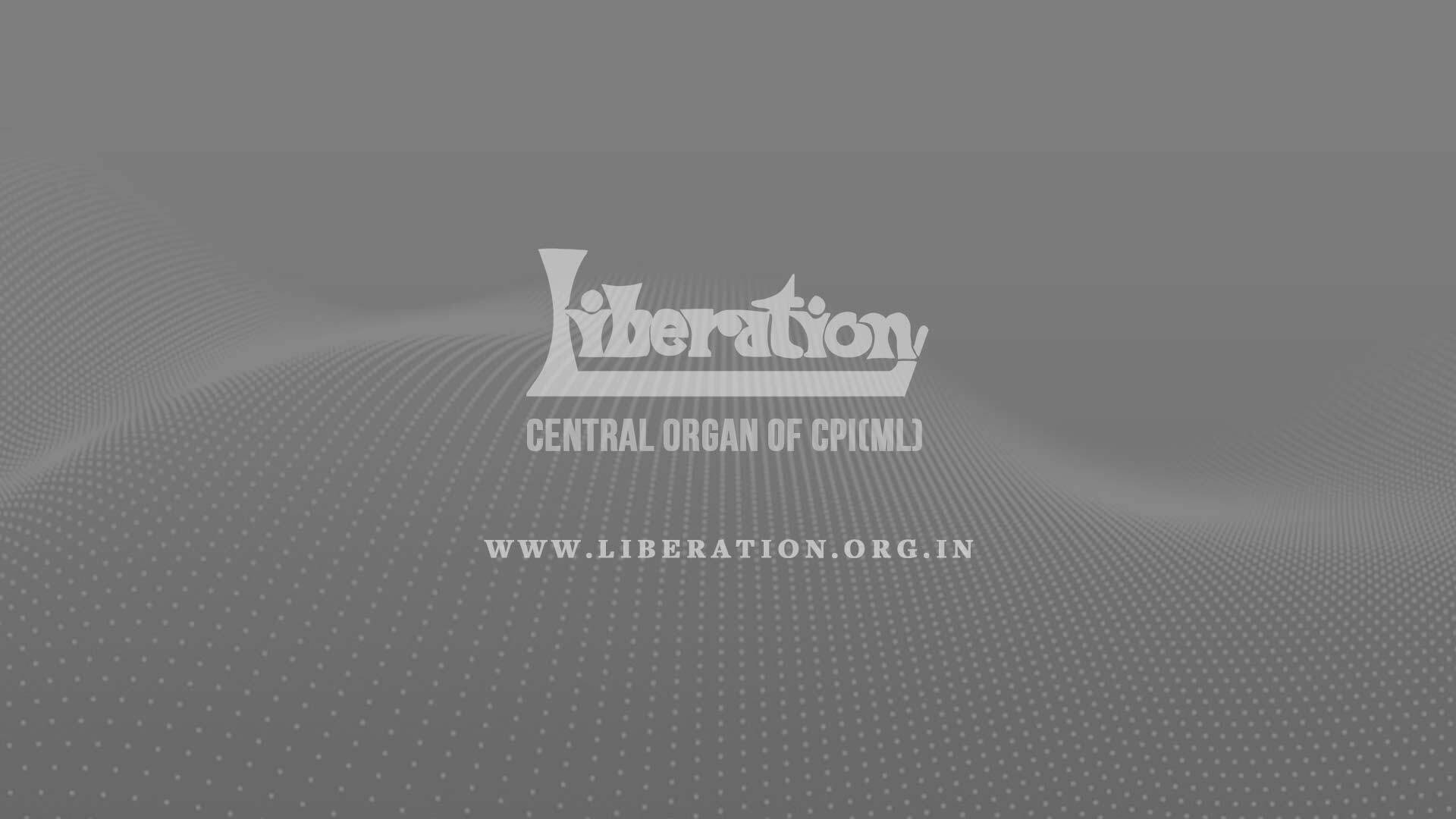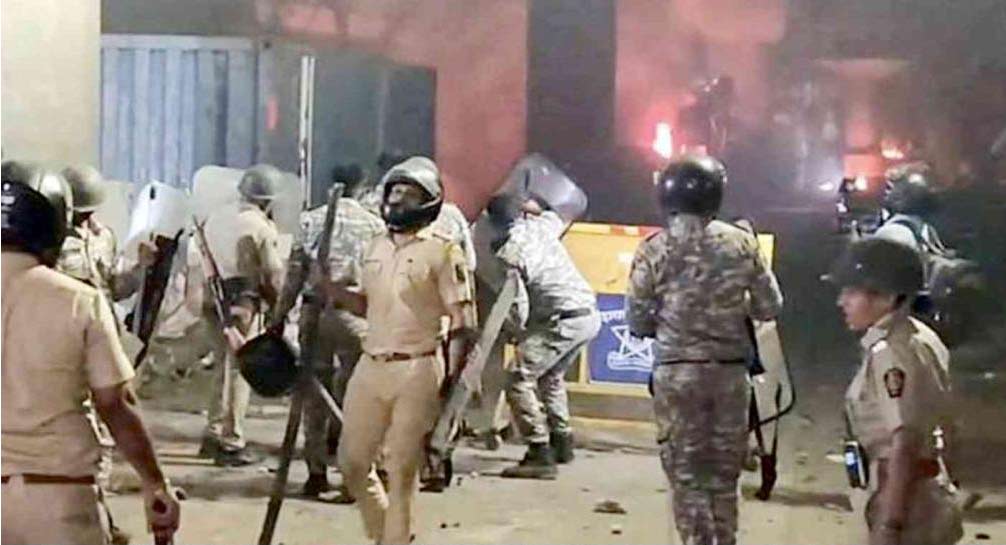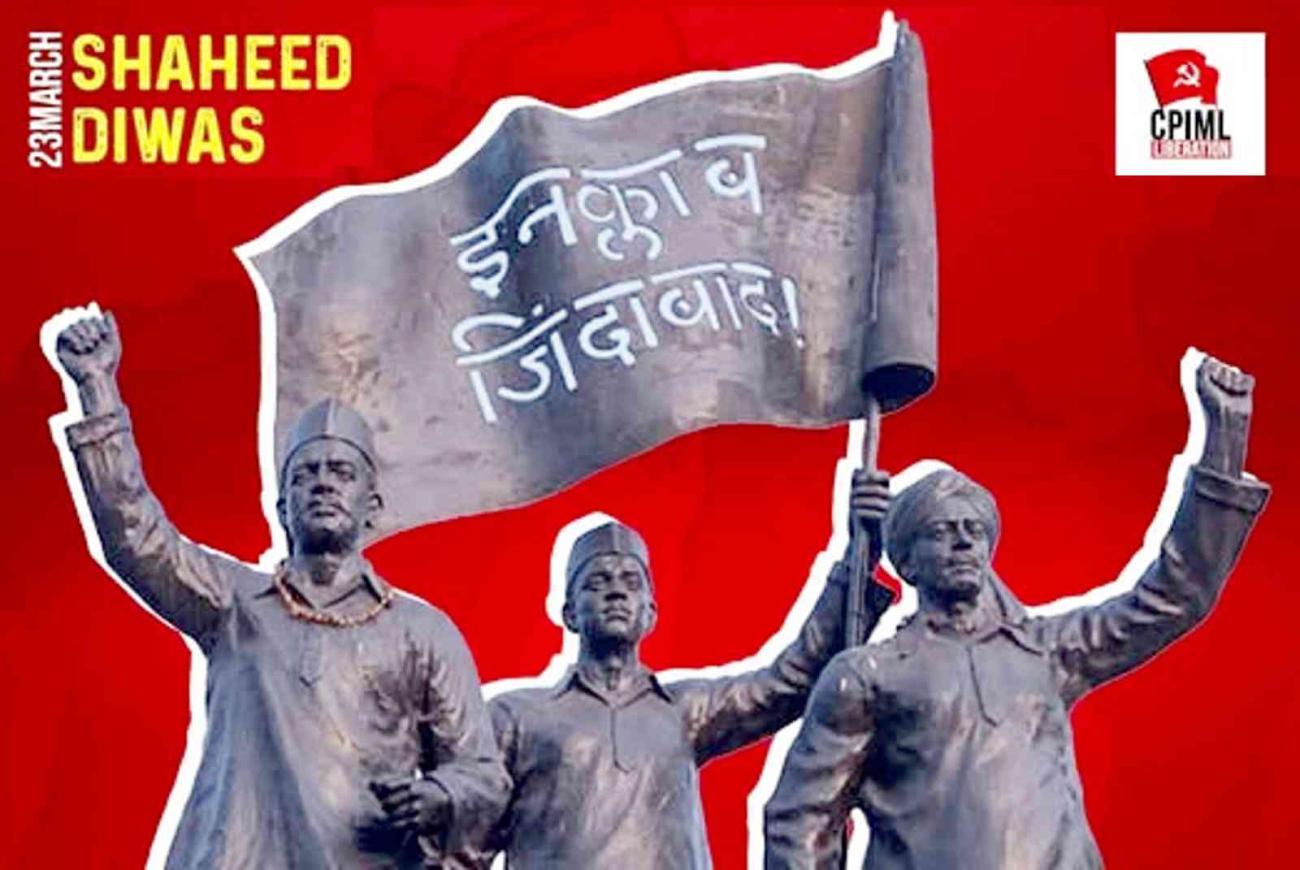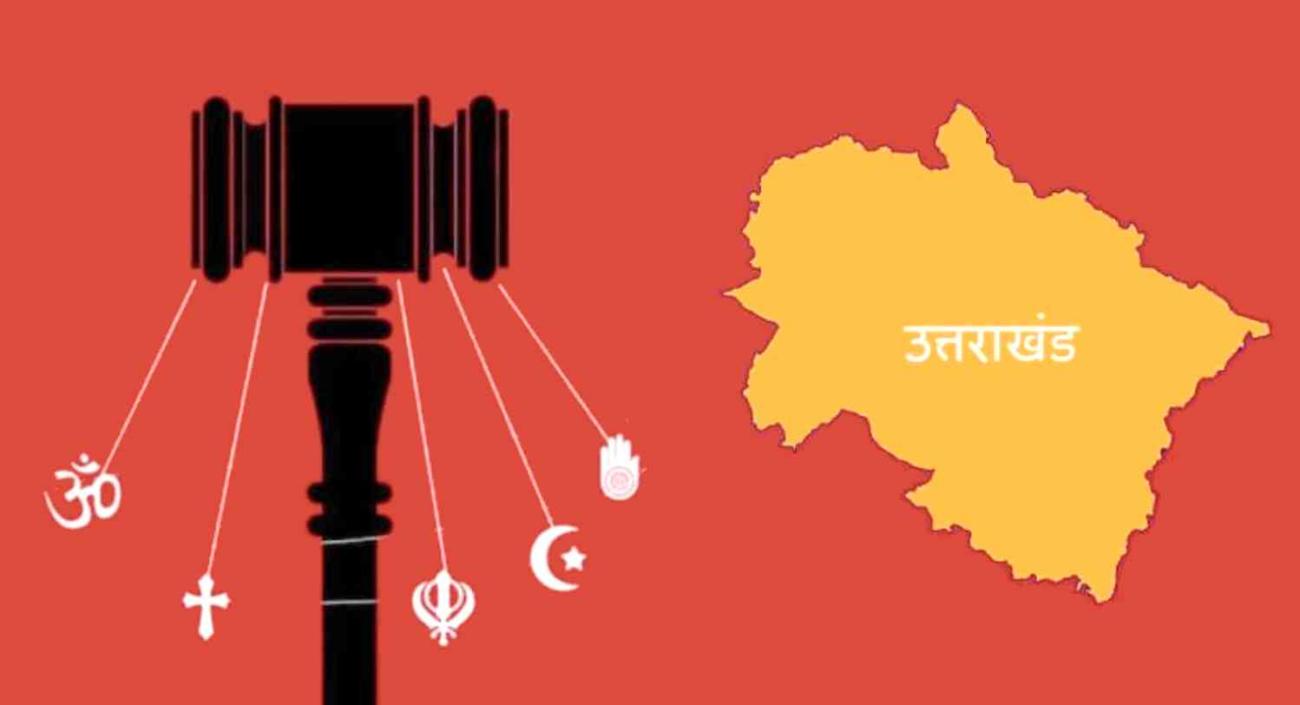The grounds for this decision were not academic; rather, the decision was a surrender to a sustained right-wing attack on the Ramanujan essay. The issue came up for the first time on 25 February, 2008, when ABVP activists vandalized the History department of Delhi University and physically assaulted Prof. Jafri, the Head of Department at that time. Before this assault, Prof. Jafri had received two memorandums demanding removal of the essay from the BA (History) Honours syllabus. Prof. Jafri and his colleagues twice brought this issue to the Course Committee of the History Department, and both the times the History Department decided not to delete the essay. Various right-wing students groups led by ABVP then staged a protest demonstration in front of the VCs Office. They then marched to the history department to seek an explanation from the HOD as well as the other teachers of the department, and assaulted Prof. Jafri. Three ABVP activists were arrested following the attack.
After the February 2008 incident, the case was with Supreme Court of India, which directed the University to put the observations of a four-member expert team before the Academic Council of Delhi University, and then decide whether the said essay should be deleted from the course or not. It is interesting to see what the four members had to say. One member called the essay appropriate; another lauded the History Department for introducing the essay in the course; a third described the content of the essay as unexceptional. It was only the fourth expert who recommended that some other text be selected for the course, saying that anything that goes against the sacred character of the Ramayana and Mahabharata is almost blasphemous for the Indian psyche. The observation of these four experts finally came up in the Academic Council, which decided to delete the essay. The decision was sharply criticized by various historians and scholars who are also members of the Academic Council, some of whom, including Prof. R C Thakran, the Head of the History Department of DU, sent their written dissent to the Vice Chancellor.
Why does Ramanujans essay incense the Hindutva outfits? A K Ramanujan is a renowned poet, historian, translator, literary critic and a Padma Shri awardee, who has written widely on ancient Indian texts. In Three Hundred Ramayanas, Ramanujan shows how the Ramayana has many versions in Asia and South East Asia, discussing the versions of the Ramayana in at least 22 different languages including Tamil, Konkani, Santhali, Oriya, Thai and so on. He argues that in some of these tellings of the Ramayana, the characters change their roles and relations. For instance, in some of these versions, Sita is described as the daughter of Ravana. He argues convincingly that the Valmiki Ramayana is the oldest of the versions, but adds that all other versions of the Ramayana should not be seen as deviations from the Valmiki Ramayana. Instead, he uses the term telling for each Ramayana.
The five members of the DU Academic Council who expressed written dissent to the deletion of Ramanujans essay raised two very important issues. They have written,
The Hindu understanding of the Ramayana and Valmikis rendering of the Ramayana is in no way the singular version of the Ramayana...The removal of any material that incorporates Tamil versions and Jaina and Buddhist versions of the Ramayana would be an act of majority fundamentalism being imposed on linguistic and religious minorities of the country.�
The AC members in the note above argue against a singular understanding of history, instead maintaining that other/contradictory versions and interpretations should find space in history writing. In fact, history writing in India has in general been exclusionary and homogenizing. Socio-economic history, the history of various communities in India, often gets excluded in such history writing. One of the major reasons for this style of history writing is the role which history plays in our present. The burden of the present has to a large extent shaped our understanding of past.
Therefore, a Tamil or Santhali version of the Ramayana becomes a challenge to the Hindutvas political narration of the Ramayana. Only the dominant Hindu narrative is acceptable; any alternate narration must be suppressed because it challenges the Hindutva theory of cultural nationalism.
This doesnt mean that history should be written without acknowledging our present debates. That notion in itself would be ahistorical, since a historian, apart from being the narrator, is also an actor in history. The only way when we can write about the past is to be conscious of our present, our biases, prejudices that might creep into our writing. Only then might we be able to write a less biased and true account of our past.
It is a disturbing trend when our Universities begin to allow Hindutva thugs to decide the syllabus. Earlier, Mumbai University deleted Rohinton Mistrys novel from the English Literature syllabus under pressure from Bal Thackerays goons, who objected to the novel on the grounds that it was critical of the Shiv Sena. Now, Delhi University is insulting the students of history by holding that their study must be restricted only to interpretations of historical texts that remain within the boundaries of the sacred. It is encouraging, however, that most students, teachers and alumni of DUs History Department have come out strongly in defence of Ramanujans essay.
<!--newline-->
<em>(The author is a research scholar in the Department of History, Delhi University.)</em>

